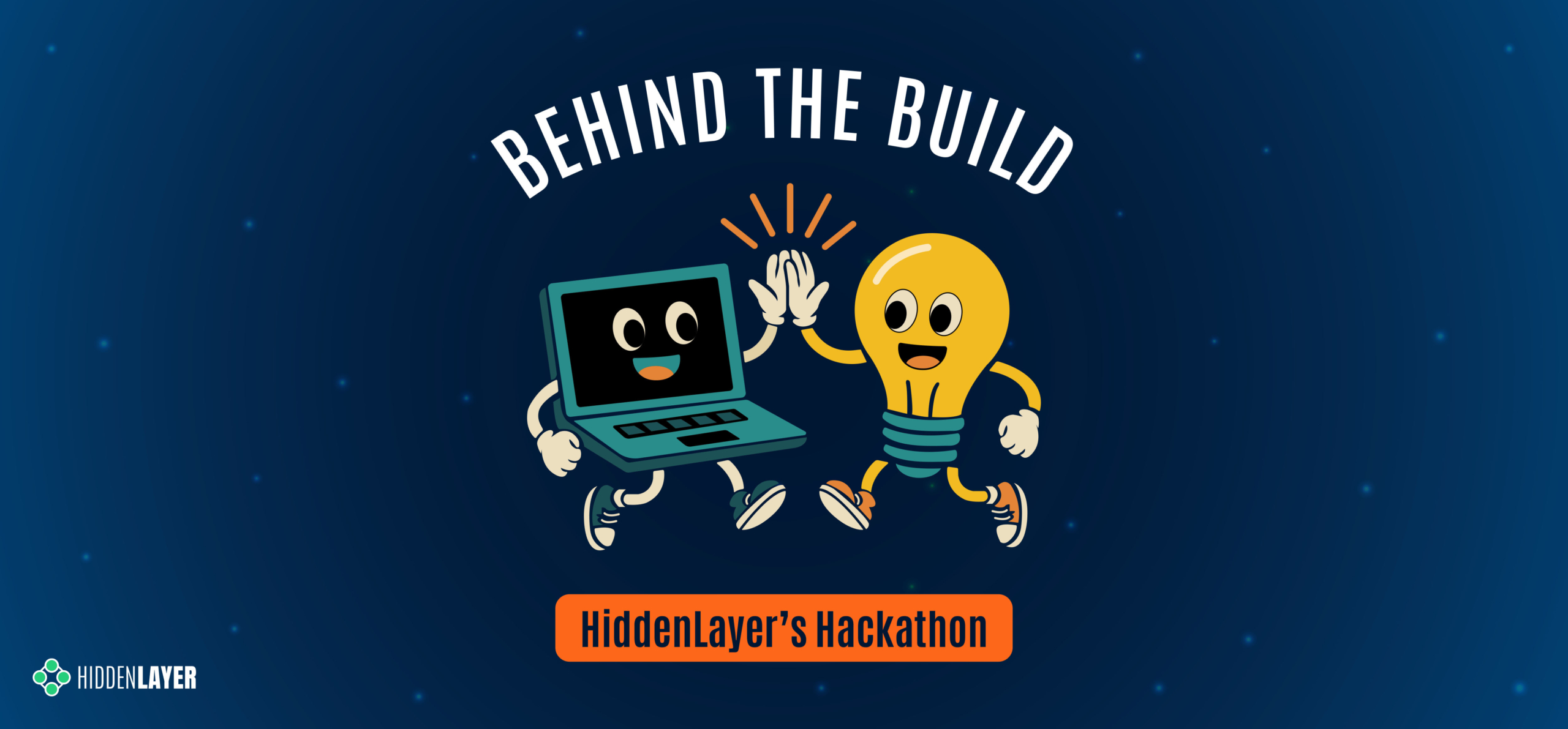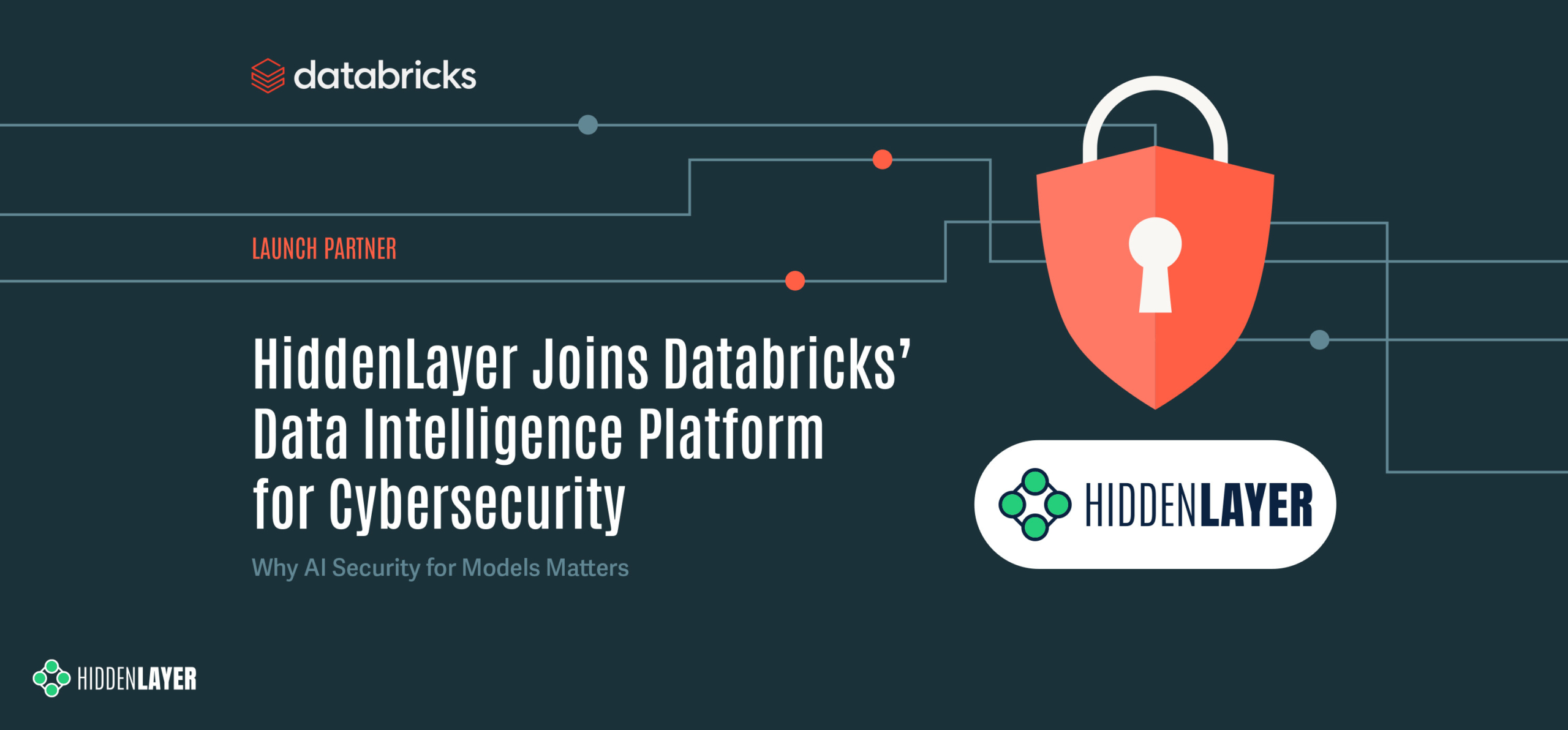At HiddenLayer, innovation isn’t a buzzword; it’s a habit. One way we nurture that mindset is through our internal hackathon: a time-boxed, creativity-fueled event where employees step away from their day-to-day roles to experiment, collaborate, and solve real problems. Whether it’s optimizing a workflow or prototyping a tool that could transform AI security, the hackathon is our space for bold ideas.
To learn more about how this year’s event came together, we sat down with Noah Halpern, Senior Director of Engineering, who led the effort. He gave us an inside look at the process, the impact, and how hackathons fuel our culture of curiosity and continuous improvement.
Q: What inspired the idea to host an internal hackathon at HiddenLayer, and what were you hoping to achieve?
Noah: Many of us at HiddenLayer have participated in hackathons before and know how powerful they can be for driving innovation. When engineers step outside the structure of enterprise software delivery and into a space of pure creativity, without process constraints, it unlocks real potential.
And because we’re a remote-first team, we’re always looking for ways to create shared experiences. Hackathons offer a unique opportunity for cross-functional collaboration, helping teammates who don’t usually work together build trust, share knowledge, and have fun doing it.
Q: How did the team come together to plan and run the event?
Noah: It started with strong support from our executive team, all of whom have technical backgrounds and recognized the value of hosting one. I worked with department leads to ensure broad participation across engineering, product, design, and sales engineering. Our CTO and VP of Engineering helped define award categories that would encourage alignment with company goals. And our marketing team added some excitement by curating a great selection of prizes.
We set up a system for idea pitching and team formation, then stepped back to let people self-organize. The level of motivation and creativity across the board was inspiring. Teams took full ownership of their projects and pushed each other to new heights.
Q: What kinds of challenges did participants gravitate toward? What does that say about the team?
Noah: Most projects aimed to answer one of three big questions:
- How can we enhance our current products to better serve customers?
- What new problems are emerging that call for entirely new solutions?
- What internal tools can we build to improve how we work?
The common thread was clear: everyone was focused on delivering real value. The projects reflected a deep sense of craftsmanship and a shared commitment to solving meaningful problems. They were a great snapshot of how invested our team is in our mission and our customers.
Q: How does the hackathon reflect HiddenLayer’s culture of experimentation?
Noah: Hackathons are tailor-made for experimentation. They offer a low-risk space to try out new frameworks, tools, or techniques that people might not get to use in their regular roles. And even if a project doesn’t evolve into a product feature, it’s still a win because we’ve learned something.
Sometimes, learning what doesn’t work is just as valuable as discovering what does. That’s the kind of environment we want to create: one where curiosity is rewarded, and there’s room to test, fail, and try again.
Q: What surprised you the most during the event?
Noah: The creativity in the final presentations absolutely blew me away. Each team pre-recorded a demo video for their project, and they didn’t just showcase functionality. They made it engaging and fun. We saw humor, storytelling, and personality come through in ways we don’t often get to see in our day-to-day work.
It really showcased how much people enjoyed the process and how powerful it can be when teams feel ownership and pride in what they’ve built.
Q: How do events like this support personal and professional growth?
Noah: Hackathons let people wear different hats, such as designer, product owner, architect, and team lead, and take ownership of a vision. That kind of role fluidity is incredibly valuable for growth. It challenges people to step outside their comfort zones and develop new skills in a supportive environment.
And just as important, it’s inspiring. Seeing a colleague bring a bold idea to life is motivating, and it raises the bar for everyone.
Q: What advice would you give to other teams looking to spark innovation internally?
Noah: Give people space to build. Prototypes have a power that slides and planning sessions often don’t. When you can see an idea in action, it becomes real.
Make it inclusive. Innovation shouldn’t be limited to specific teams or job titles. Some of the best ideas come from places you don’t expect. And finally, focus on creating a structure that reduces friction and encourages participation, then trust your team to run with it.
Innovation doesn’t happen by accident. It happens when you make space for it. At HiddenLayer, our internal hackathon is one of many ways we invest in that space: for our people, for our products, and for the future of secure AI.




